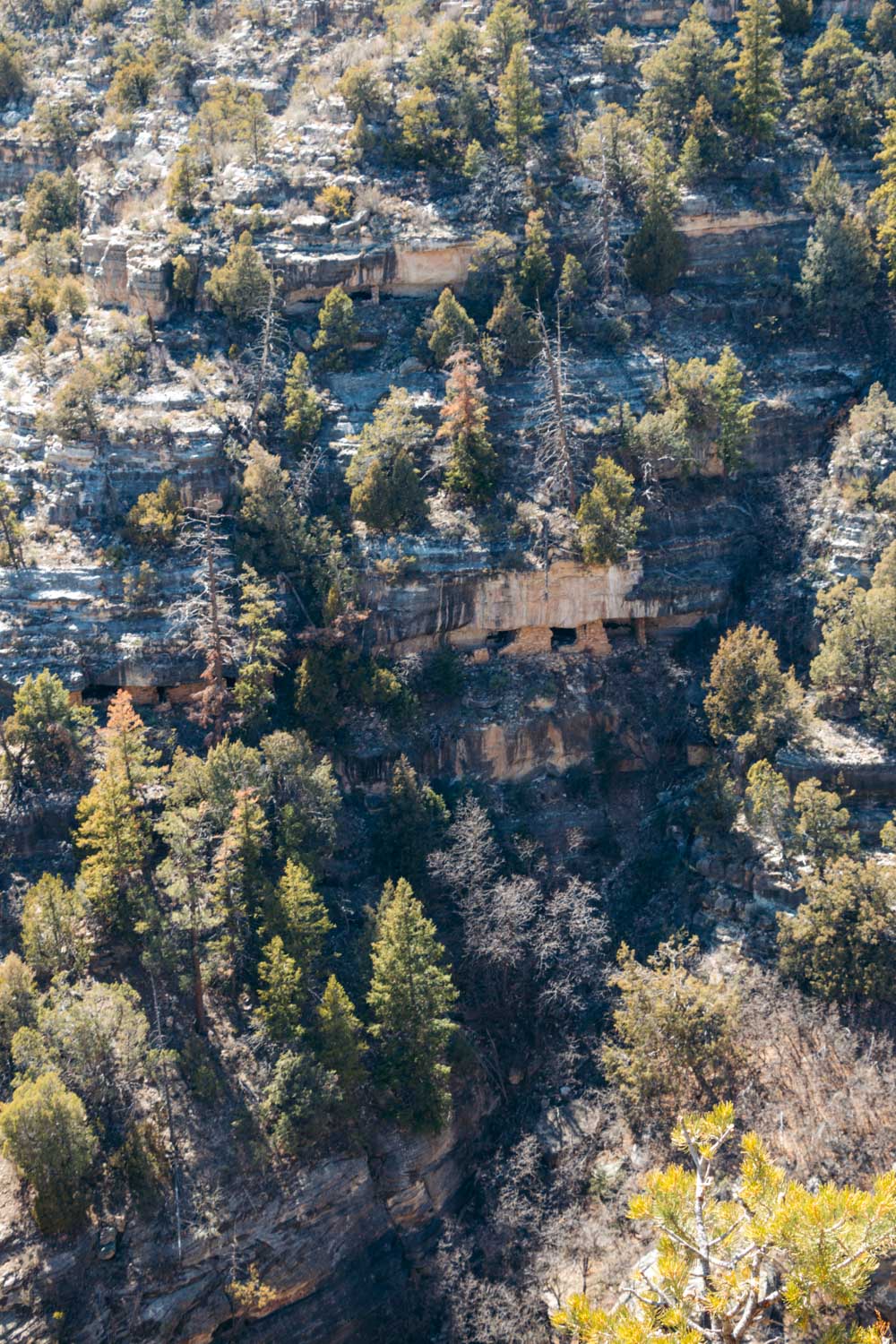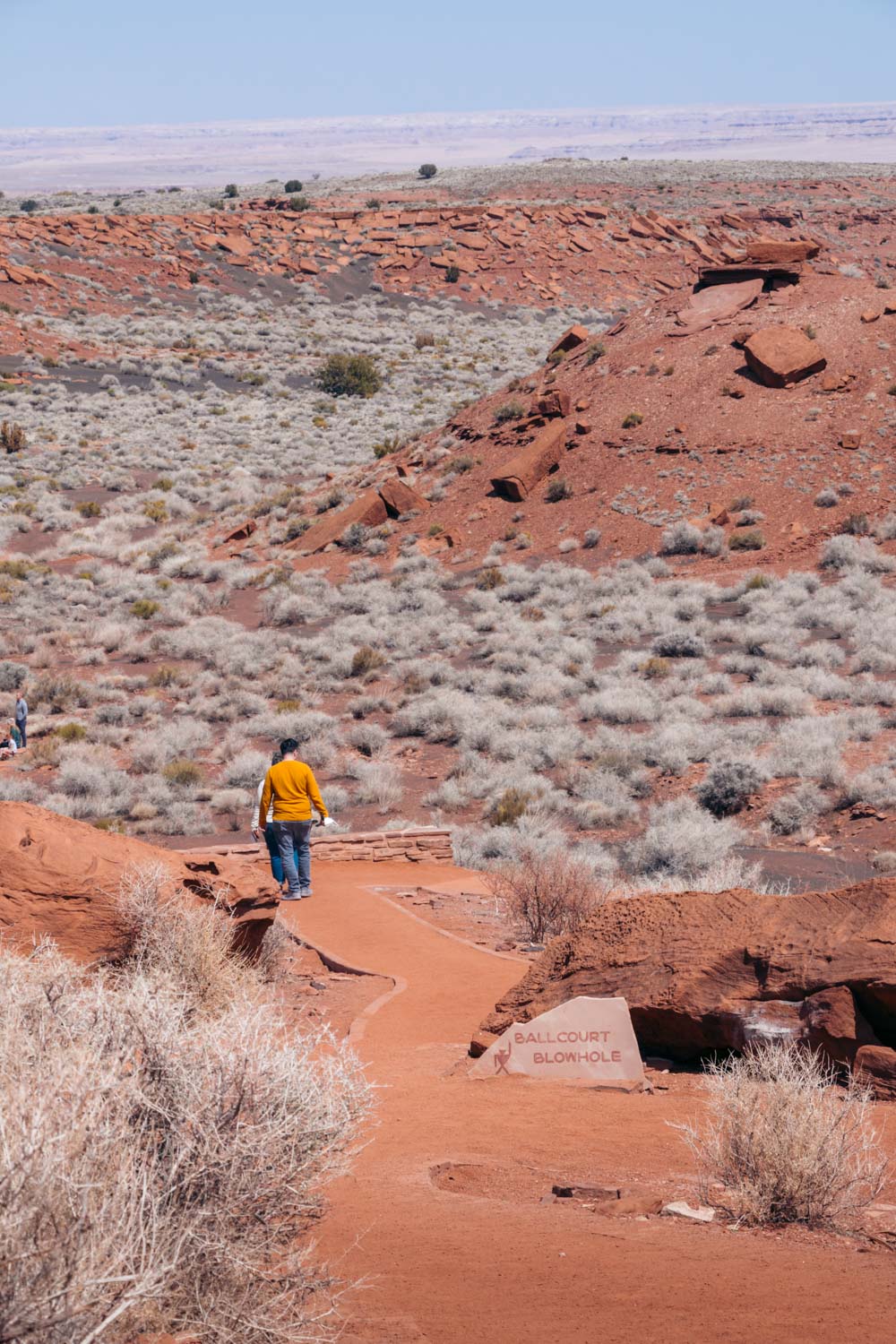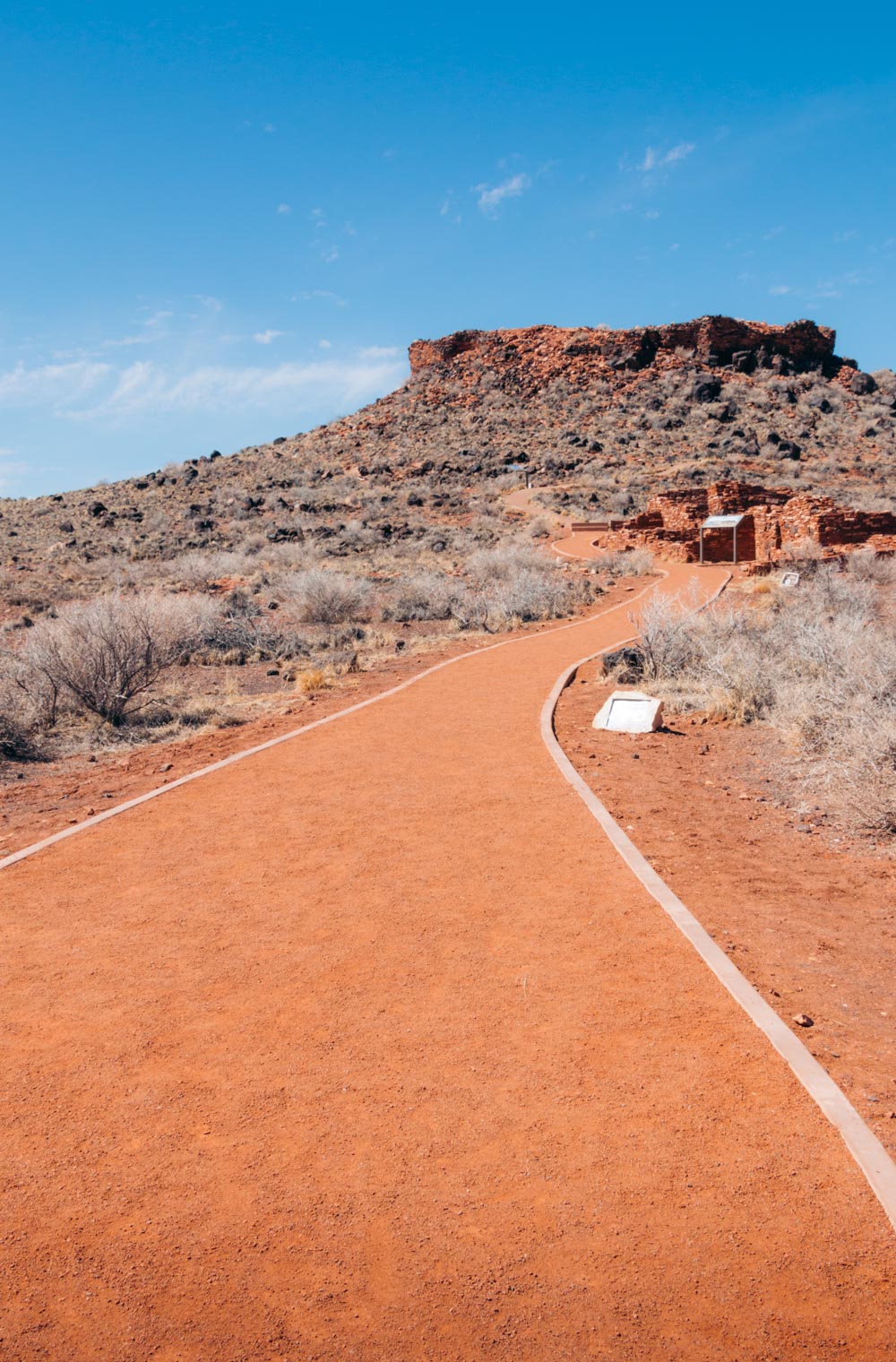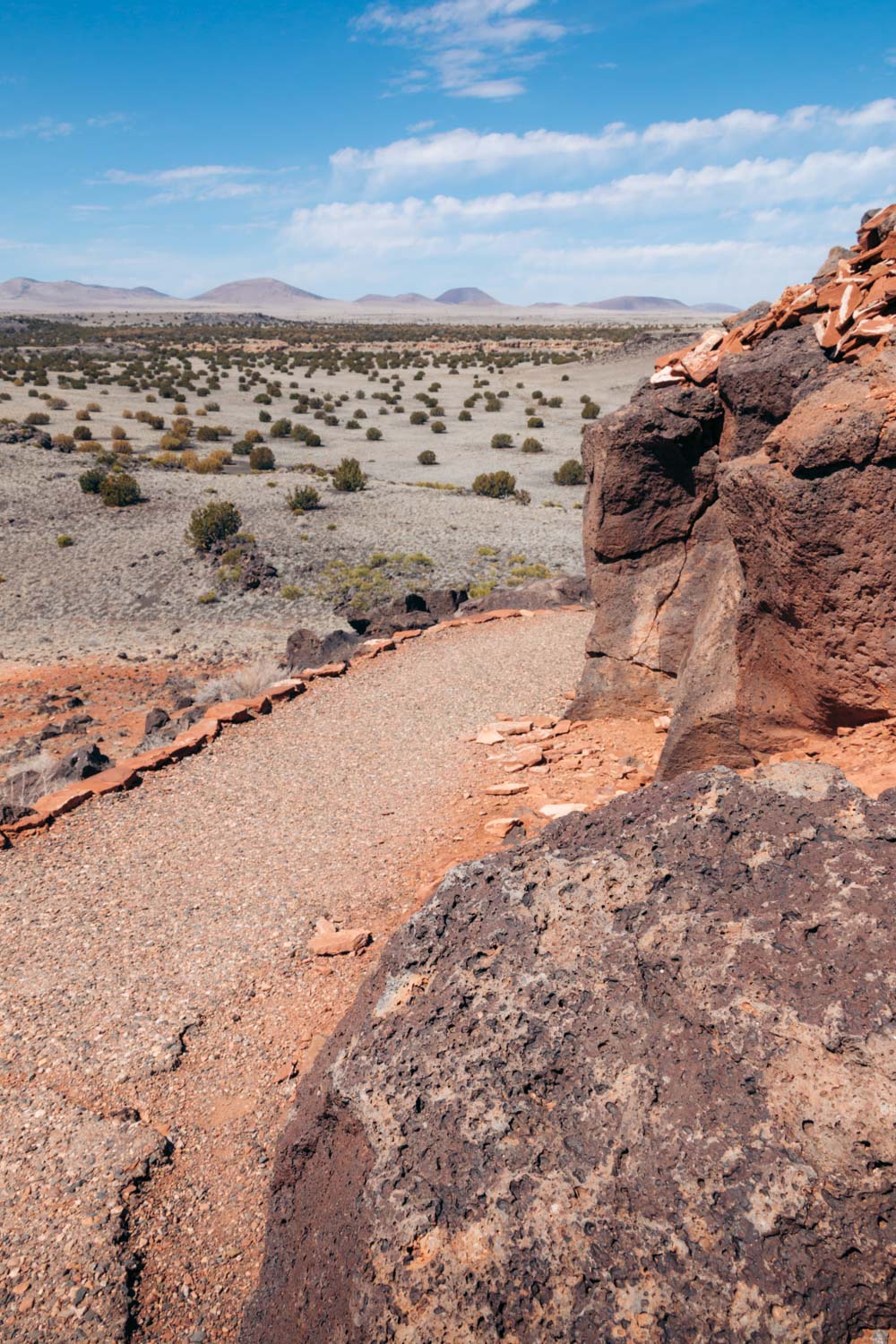Ancient stand-alone structures and cliff dwellings sneak into your adventures in Arizona whether you are ready to see them or not. Found in different parts of the state, they narrate about the past, remind of long forgotten customs, and show how climate has changed over the years.
Last updated: April 6, 2025
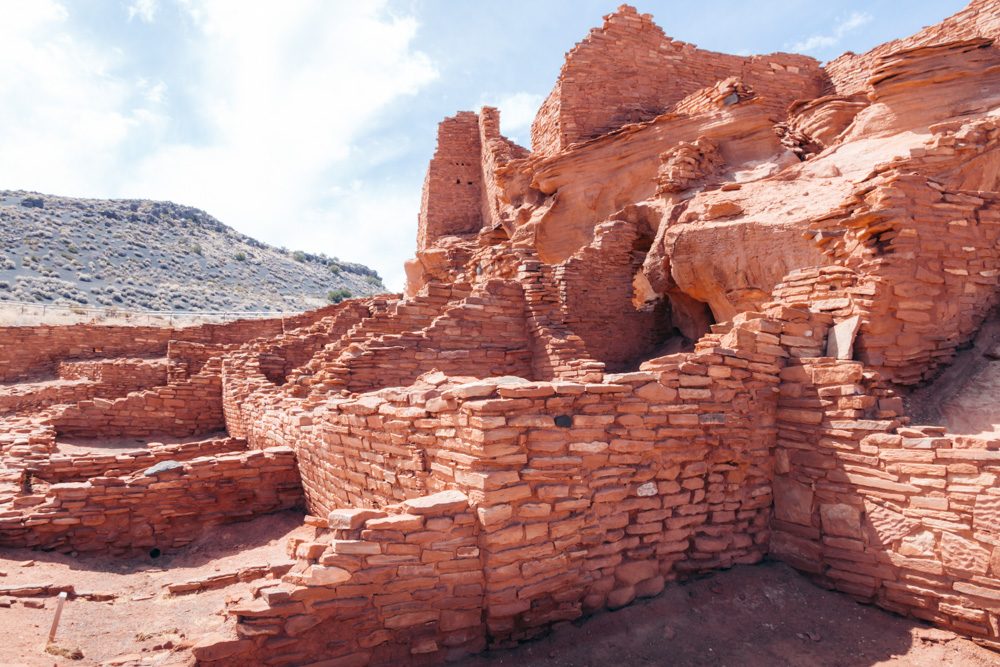
Where to Find the Best Ancient Stand-Alone and Cliff Dwellings in Arizona
In order to know your future, you must understand your past. Arizona seems to get this message right. The Grand Canyon State is not only eager to learn about its ancestors, but also protect an although distant, yet important part of its heritage. Dozens of the ancient stand-alone and cliff dwellings are scattered throughout Arizona, reminding of the old ways of living.
The rich cultural and historic heritage of the Grand Canyon State was, however, beyond our reach and interest. The greatest chasm in the world allured us to the region for the first time a few years ago. As we were becoming more interested in the natural and man-made wonders of Arizona, new landmarks, including the ancient cliff dwellings and stand-alone structures, got on our radar.
Each visit brought something new. This time, we were deliberately looking for the centuries-old ruins that still contain a myriad of unsolved mysteries and secrets.
Some of the remains of these ancient dwellings pay tribute to the ancient tribes that once roamed Arizona. Others show undeniable proof of the irreversible changes in the climate and soil of the state. Some of them look simple. Others impress with their complexity. Yet all of these cliff dwellings and ancient desert abodes showcase Arizona you’ve never expected to find.
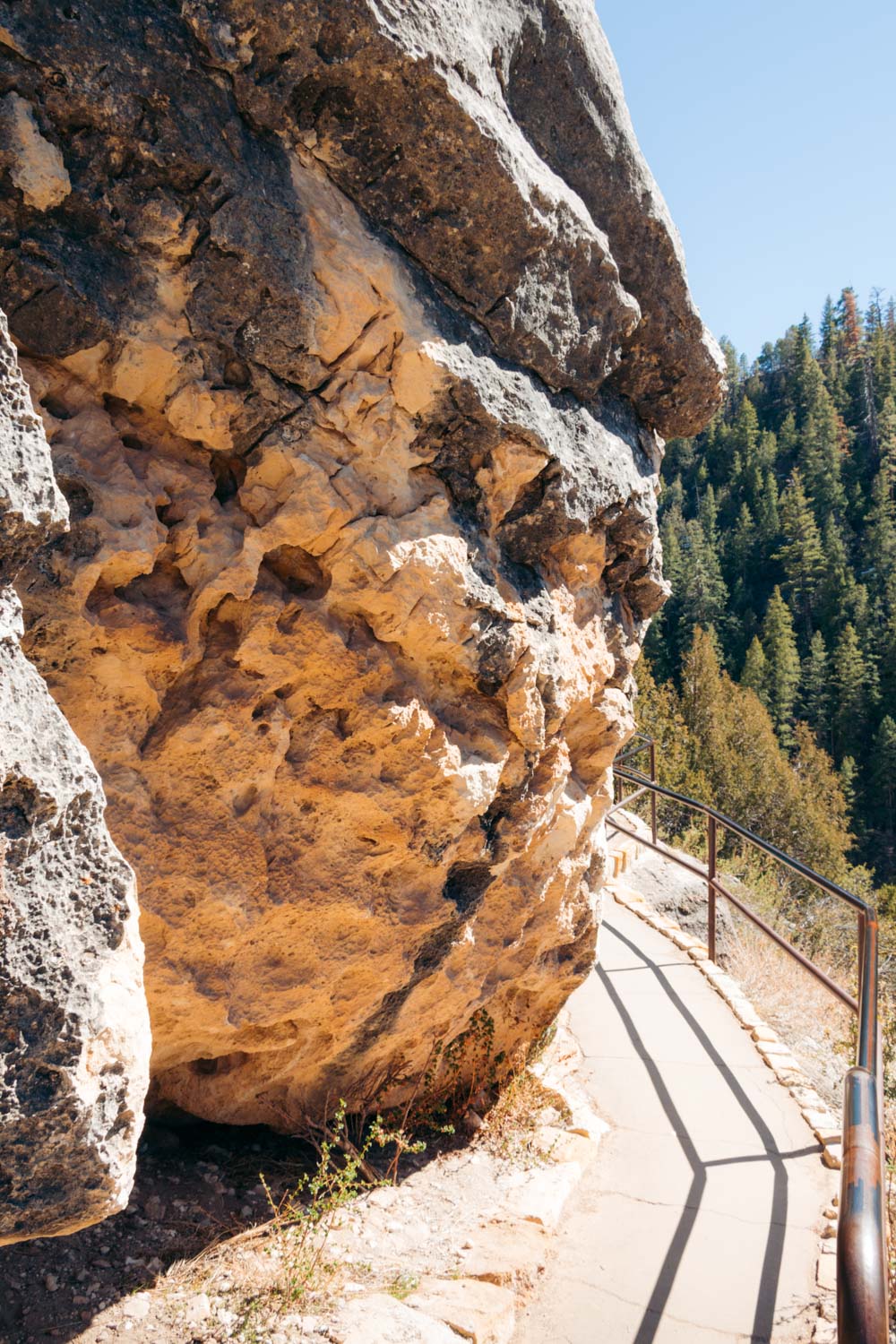
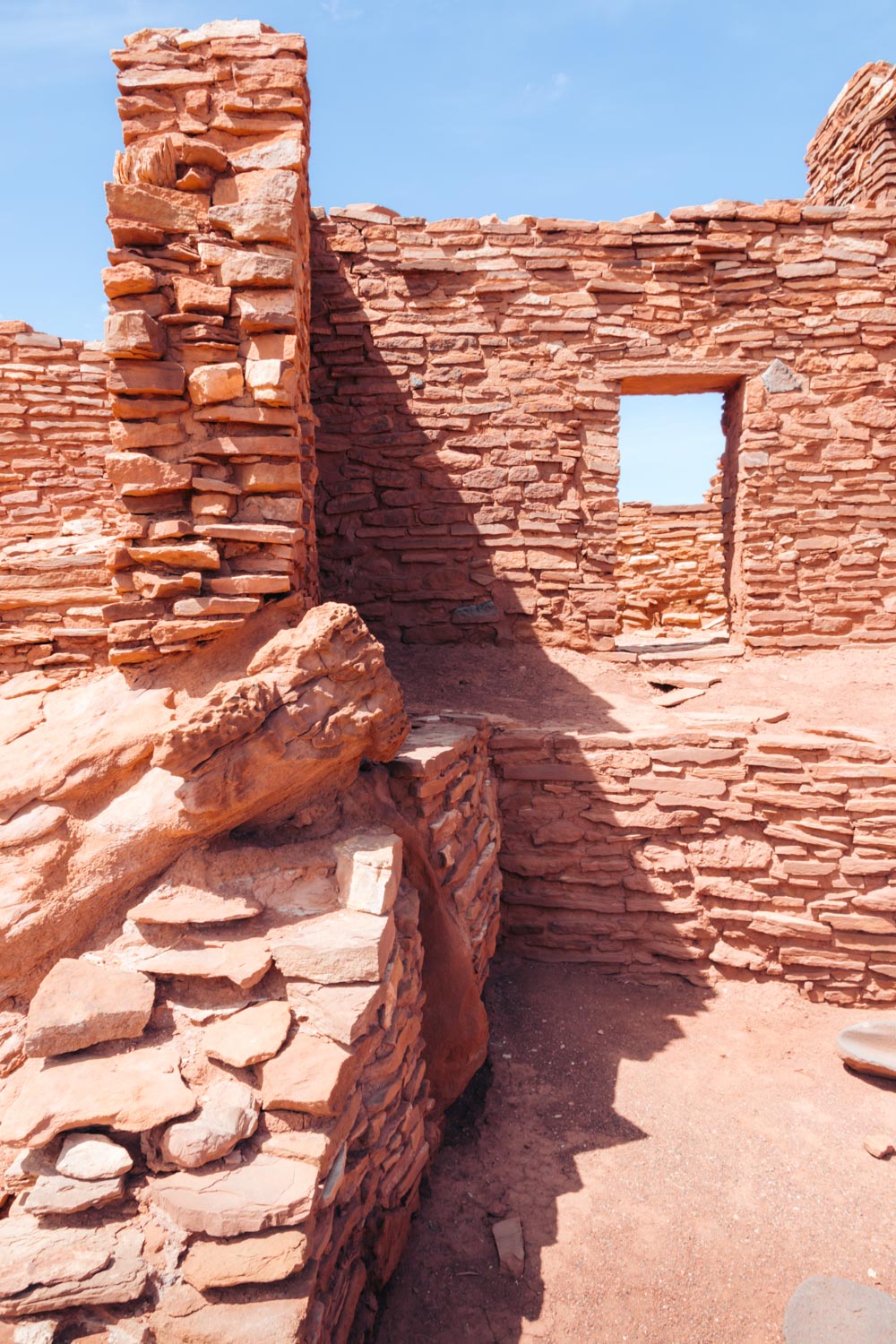
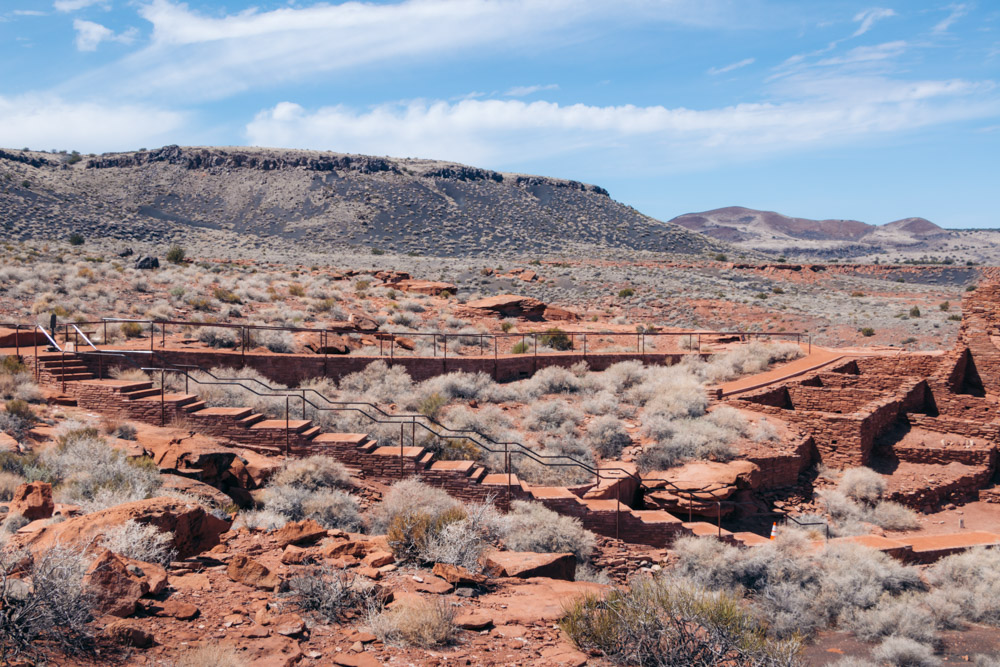
What Are These Ancient Dwellings Found in Arizona?
The ancient dwellings are first of all classified as protective cliff dwellings. These primitive rooms built in massive sandstone and limestone cliffs provided both safety and protection to their dwellers. Normally hard-to-reach locations, added an additional functionality, shielding the tribes from animals and other ancient groups.
Some cliff dwellings in Arizona were established on river banks or fertile lands – any locations that would provide enough drinking water and food. The rich soil brought an additional food supply for those ancient peoples that knew how to grow plants and cultivate the land.
Not as common as the cliff dwellings, the stand-alone ancient structures also adorned Arizona nearly 900 years ago. These abodes nestled not far from each other. Together, they created the first ancient towns. Some of them, such as the stand-alone dwellings in Wupatki National Monument in Northern Arizona, would eventually become popular cultural and trading centers.
READ MORE: Top 9 Cultural Destinations in the USA
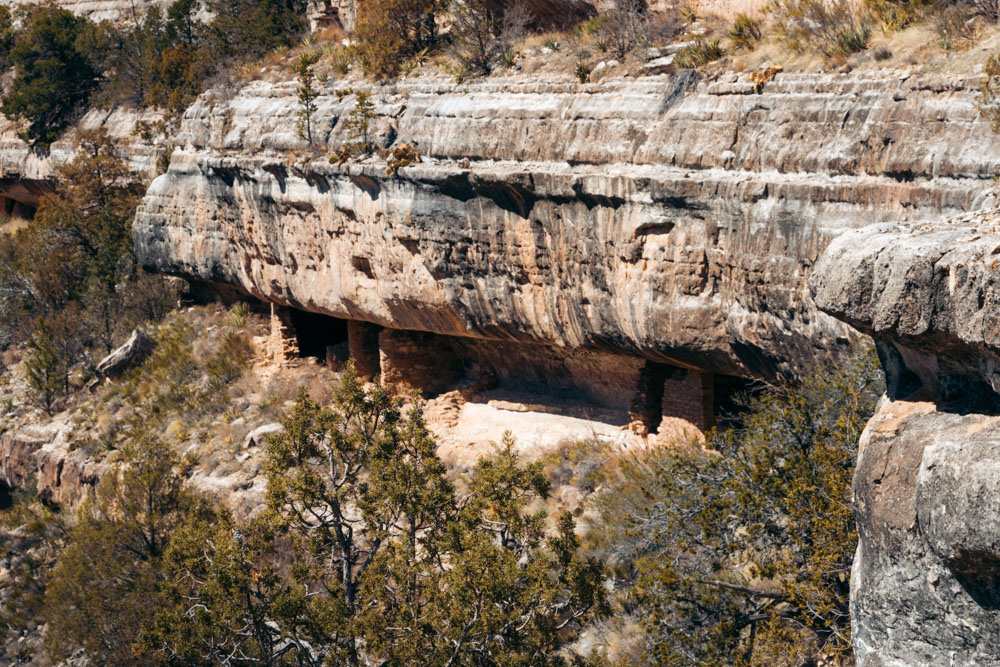
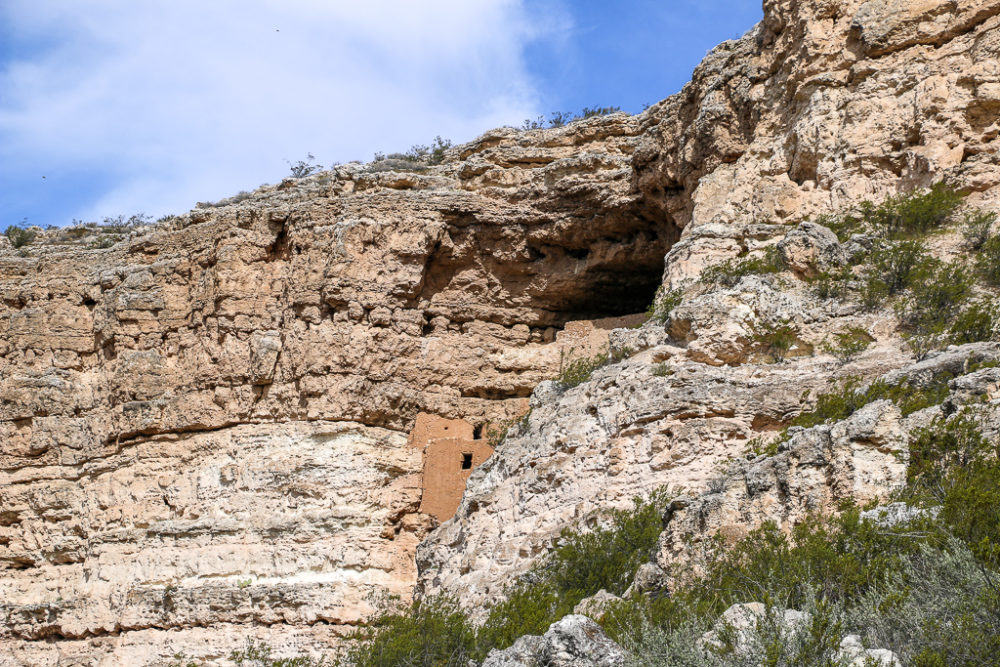
THE 6 BEST ANCIENT STAND-ALONE STRUCTURES AND CLIFF DWELLINGS IN ARIZONA
1. Walnut Canyon National Monument
On the outskirts of Flagstaff, Northern Arizona, the first ancient cliff dwellings can be found in Walnut Canyon National Monument. 25 primitive cell-rooms sit along the 1-mile Island Trail.
The strenuous path starts along a set of stairs behind the Walnut Canyon Visitor Center. A modern addition to the ancient cliff dwellings, the stairs drop some 370 feet before allowing you to delve into the unprecedented past of Arizona.
Once you conquer this strenuous stretch of the trail, the hike becomes a piece of cake. Right from here, the specious cliff dwellings nestle along the trail, transferring you into ancient Arizona.
It’s believed the early settlers used primitive ladders and ropes to get in and out of their protective abodes. The secluded location along with the abundant flora and fauna and fertile soil kept the tribes satisfied for nearly 150 years. The ancient Native Americans left the area by 1225-1250.
Abandoned but not destroyed, the cliff dwellings in this part of Arizona remained undiscovered for roughly 600 years. Later as construction of the railroad made it easier to travel from one place to another, treasure hunters nearly destroyed the ancient cliff dwellings.
To protect the cultural and historic heritage of the indigenous people, in 1915 the Walnut Canyon region was proclaimed a national monument.
When to Visit: The ancient dwellings in this rugged area of Arizona are open every day (except Christmas) from 9:00 a.m until 4:30 p.m.
Tours and Admission
No guided tours are required to feast your eyes on the cliff dwellings in Northern Arizona. To get to Walnut Canyon National Monument, you must obtain a day pass, though. The ticket costs $25 per vehicle and is valid for 7 consecutive days. Annual passes, such as the America the Beautiful Pass, are also acceptable here.
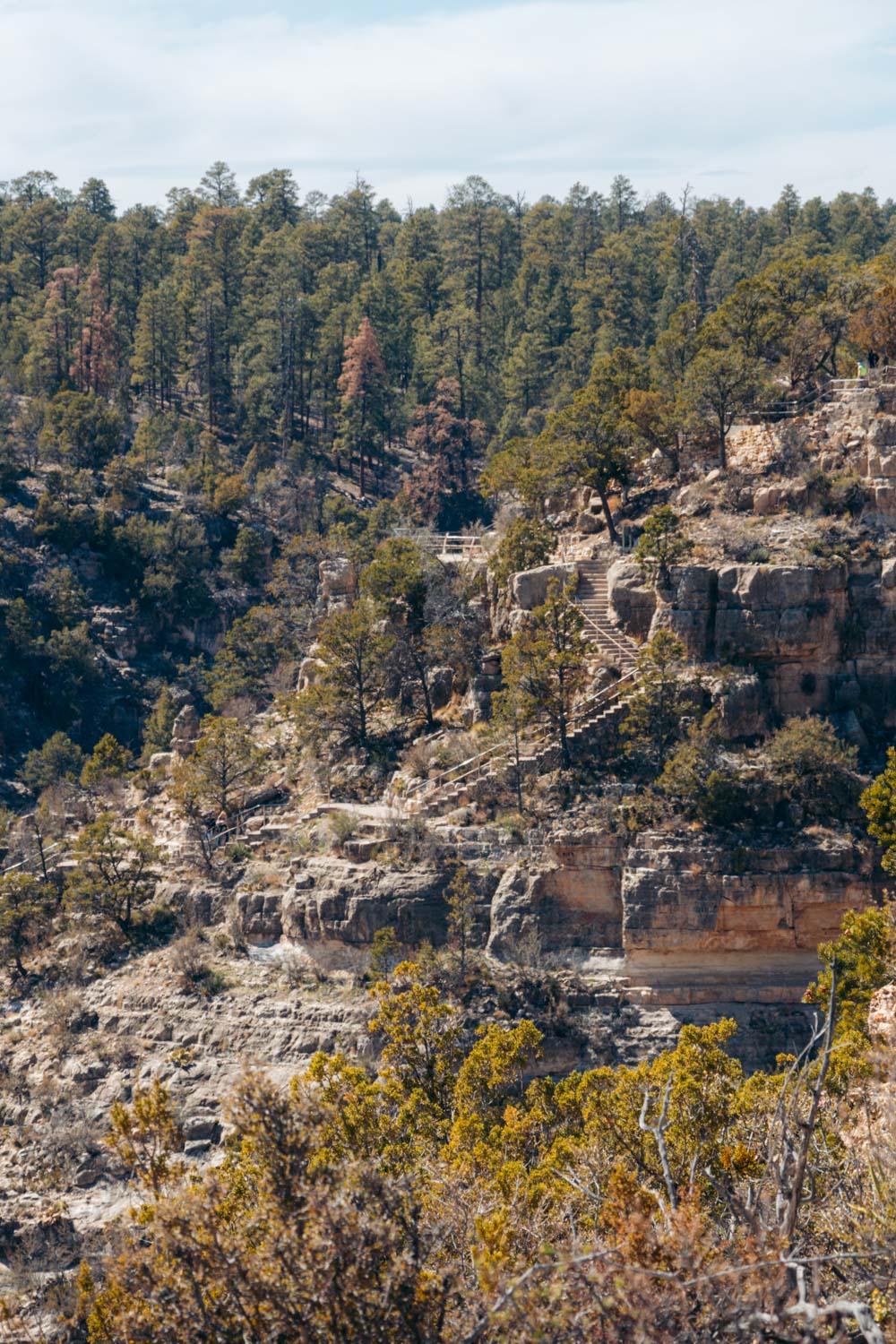
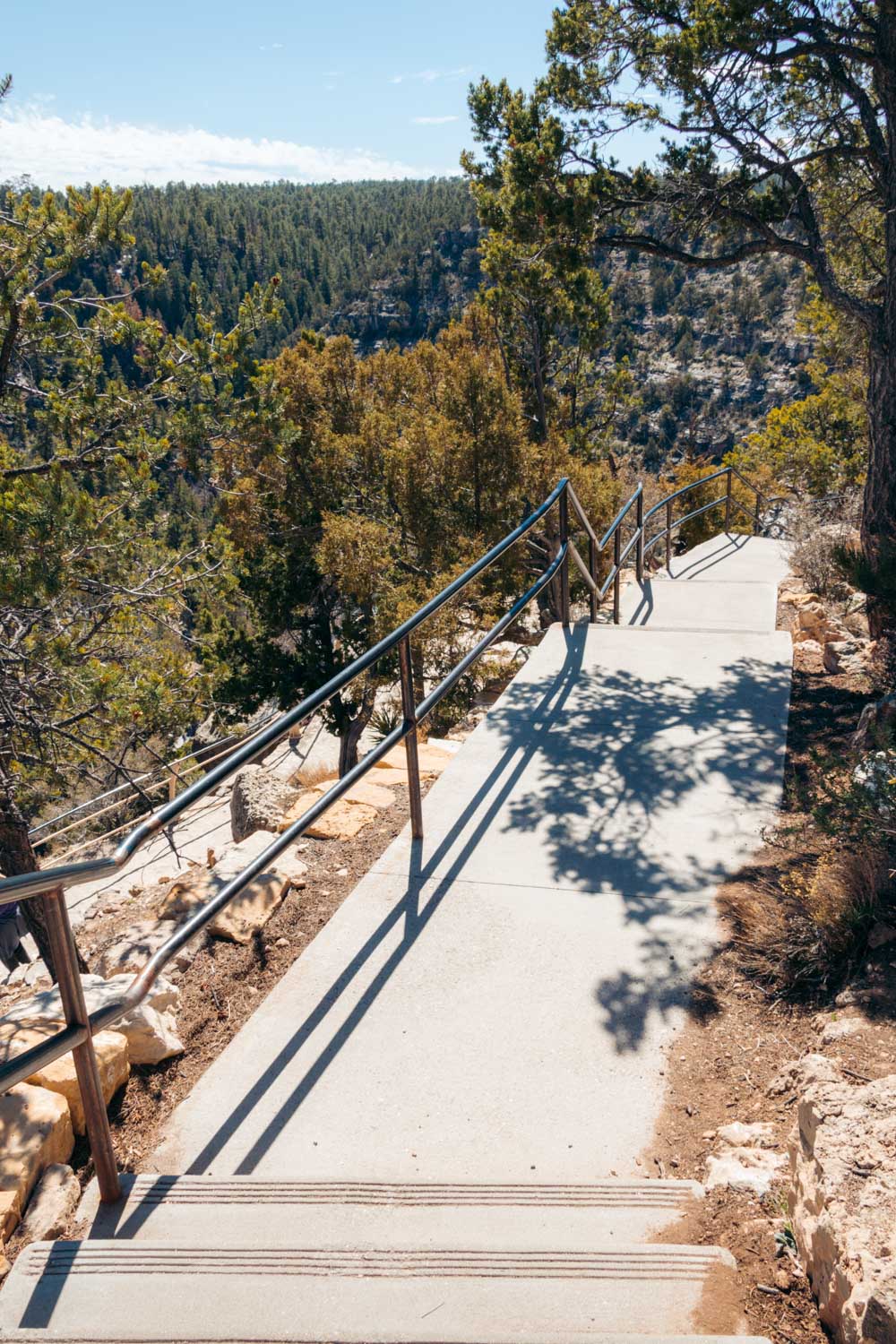
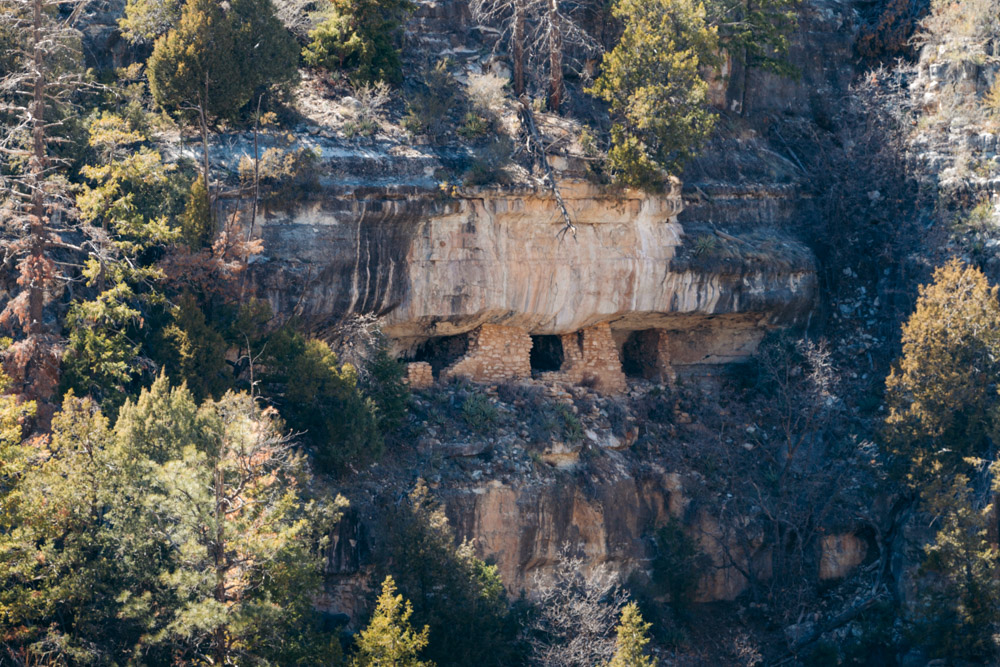
2. Navajo National Monument
The northwestern corner of Arizona astounds with its well-preserved cliff dwellings that date back to 1250. The ancient abodes appeared in natural sandstone alcoves. According to specialists, the Hopi, San Juan Southern Paiute, Zuni, and Navajo tribes once occupied the settlement.
Yet unlike the Walnut Canyon cliff dwellings in Northern Arizona, these served as a safe haven for roughly 50 years. By the 1300s, the ancestors of the Pueblo peoples left the area. Arizona’s ancient dwellings were rediscovered only in the late 1800s. In 1909, the area became a national monument.
The remains of the ancient cliff dwellings such as Keet Seel, Betatakin, and Inscription House sit along a few hiking trails. The hikes, however, are strenuous.
Cliff Dwellings Tours
To get to the Betatakin cliff dwellings, you need to join a free guided tour. Normally an Indian guide leads a group through the Navajo land all the way to the ancient ruins. The trails are approximately 1.5 and 2.5 miles one way, depending on the tour you join.
Two tours per day are available from mid-May through mid-September. The hikes to the ancient dwellings in this region of Arizona can be cancelled due to unfavorable weather conditions or shortage of the guides.
The Keet Seel cliff dwellings sit even farther away. A 17-mile, round-trip hike to the ancient ruins takes the whole day to complete.
When to Visit: Navajo National Monument is open year-round, except for some national holidays. The monument welcomes visitors interested in Arizona’s cliff dwellings from 8:00 a.m. until 5:00 p.m. from June through September. The opening hours are shorter from October through May, from 9:00 a.m. until 5:00 p.m.
How to Visit: Three self-guided trails – the Sandal Trail, Aspen Trail, Canyon View Trail – are available daily. Only guided tours can venture into the Arizona’s wilderness to rediscover the ancient cliff dwellings. The tours are, however, limited and offered only on specific days.
Admission: Navajo National Monument is a free park.
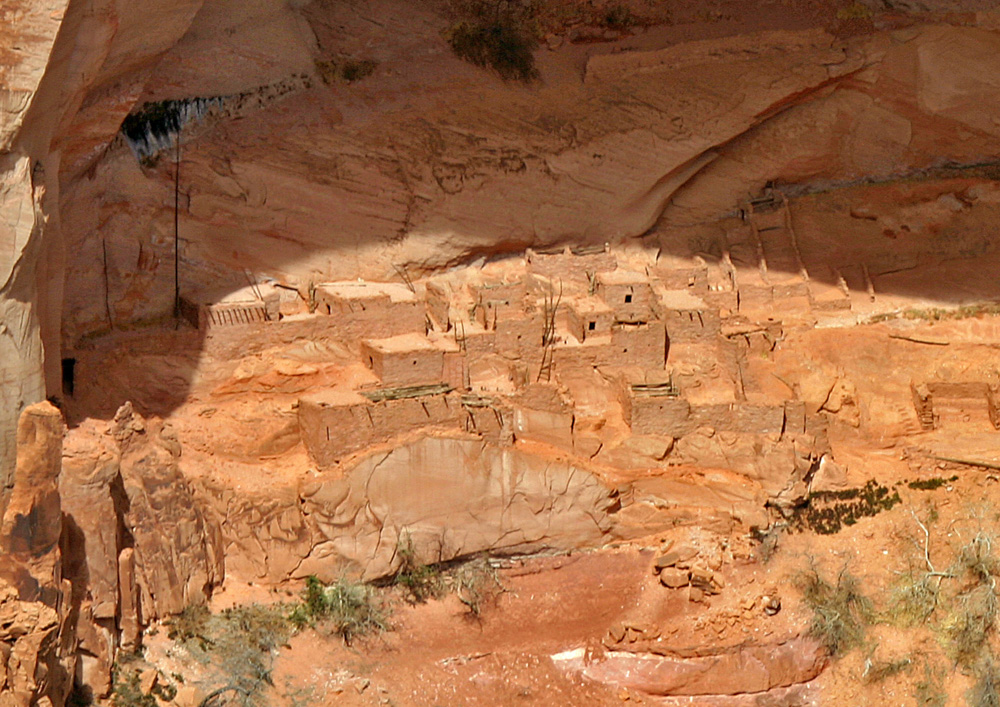
3. Montezuma Castle National Monument
Some of the ancient cliff dwellings in Arizona, such as the Montezuma ruins, are considered castles. Not the opulent mansions typical for European countries. The Arizona’s “castles” can’t even compete with some of the former Dutch palaces turned into fully-functional offices.
The truth is, these Arizona’s castles, in particular Montezuma Castle, still look a lot like regular cliff dwellings. The difference is that the rooms were built on top of each other. In other words, Montezuma Castle is one of the rare multi-story cliff dwellings discovered in Arizona.
Approximately 20 separate abodes were spread throughout 5 floors of the limestone cliff. The dwellings accommodated mostly the permanent residents and some of the tribes passing through Arizona.
To preserve the cliff, no tours are allowed into the ancient structure nowadays. Signage with detailed layout of the rooms sit along a paved path in the park. Small window-openings in the cliff wall further indicate the former occupancy of the area.
If you pay close attention, you can count all 5 floors. You may not be that lucky to detect all 20 ancient dwellings tucked in one cliff wall, located near Carp Verde, Arizona. Yet a feeling of something important, even sacred will be certainly present.
When to Visit: The ancient cliff dwellings in Arizona open for viewing from a distance daily from 8:00 a.m until 5:00 p.m. The park is closed on Christmas and New Year’s Day.
Admission: No tours into Montezuma Castle are allowed. An adult (16 and older) ticket to visit Montezuma Castle National Monument costs $10. The pass is good for 7 consecutive days. Children under 16 visit for free.
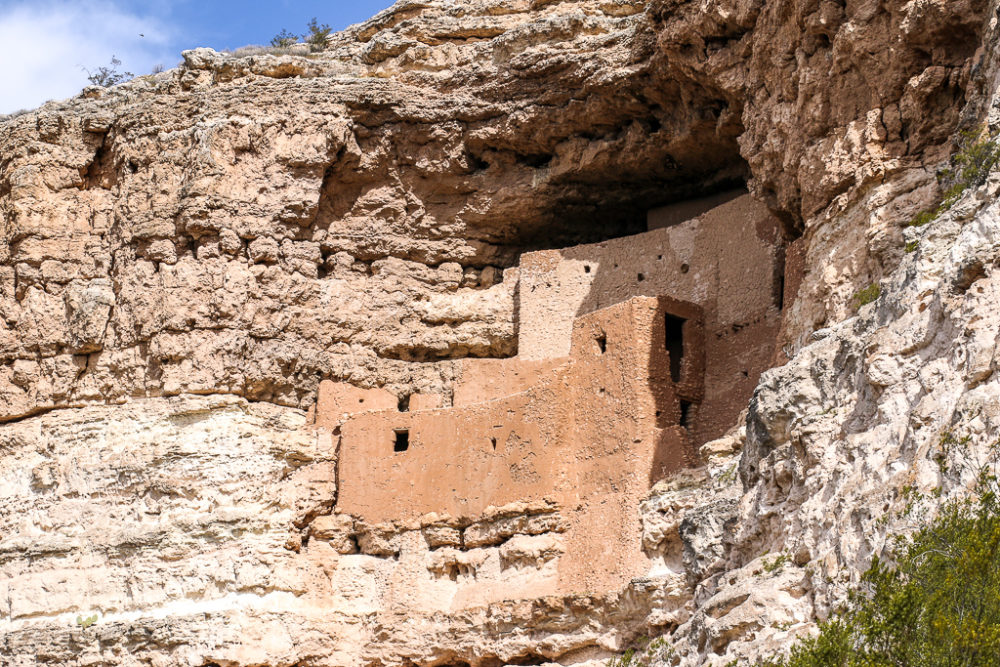
4. Cliff Dwellings at Montezuma Well, Arizona
A part of the same national monument, the cliff dwellings at Montezuma Well provided home to the same Sinagua peoples. Unlike Montezuma Castle, these ancient lodgings ensured easy access to water sources. The ancient tribes favored the area because of its shaded location, a variety of wildlife and waterfowl, and a well.
It seemed only natural to build smaller cliff dwellings, compared to some other ancient structures scattered throughout Arizona, in the limestone cliff surrounding the well. A few other structures nestled in its immediate vicinity.
Admission: You can visit the well and see some of the smallest cliff dwellings in Arizona free of charge. Yet you need to obtain a day pass ($10 per adult) to visit the main site.
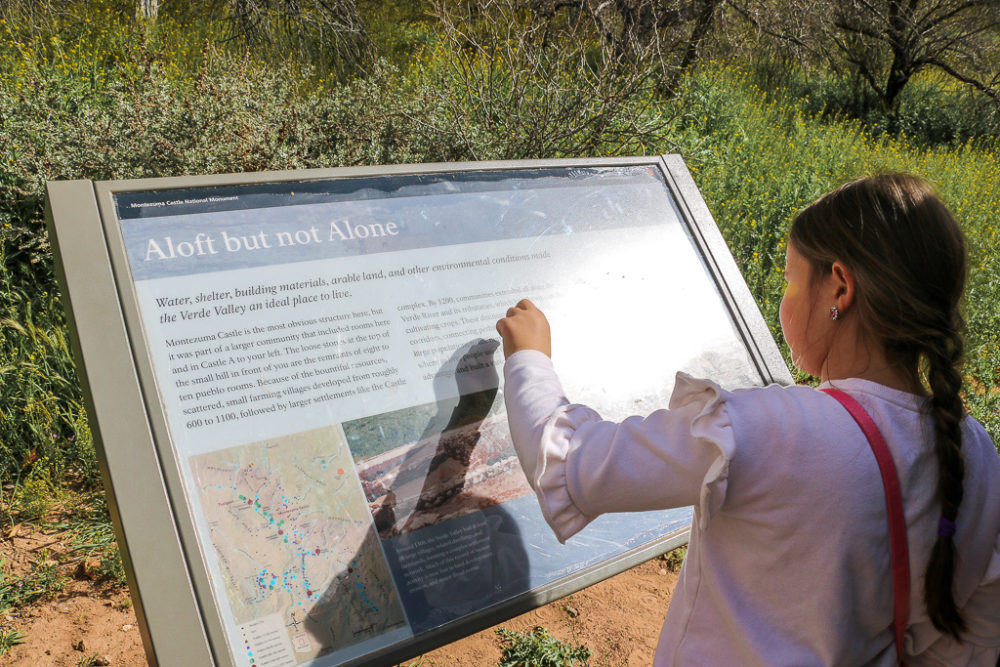
5. Sycamore Canyon Cliff Dwellings, Arizona
The Sinagua peoples are also linked to the cliff dwellings in the Sycamore Canyon Wilderness, Arizona. The area seemed just right for the new construction. It offered a perfect hideout from all potential dangers, including those that were coming from a few other ancient tribes.
The wilderness provided enough food and water. And the materials for the ancient cliff dwellings, such as mud and rubble mixture, all came from the land of their native Arizona.
The isolated location hasn’t lost its appeal and advantage even today. The cliff dwellings sit deep in a desert of Arizona. No companies or organizations take on responsibility for maintaining the site. This, in turn, makes it somewhat difficult to access. Yet the trip to these cliff dwellings is not impossible as many locals and visitors of Arizona prove it again and again.
How to Visit: The Sycamore Canyon cliff dwellings sit north of the town of Clarkdale, Arizona. It takes about 40-50 minutes to reach this area by car while driving from Sedona.
Admission: You can visit the cliff dwellings and explore ample petroglyphs in this part of Arizona free of charge.
READ MORE: How to Visit Sycamore Falls, Arizona
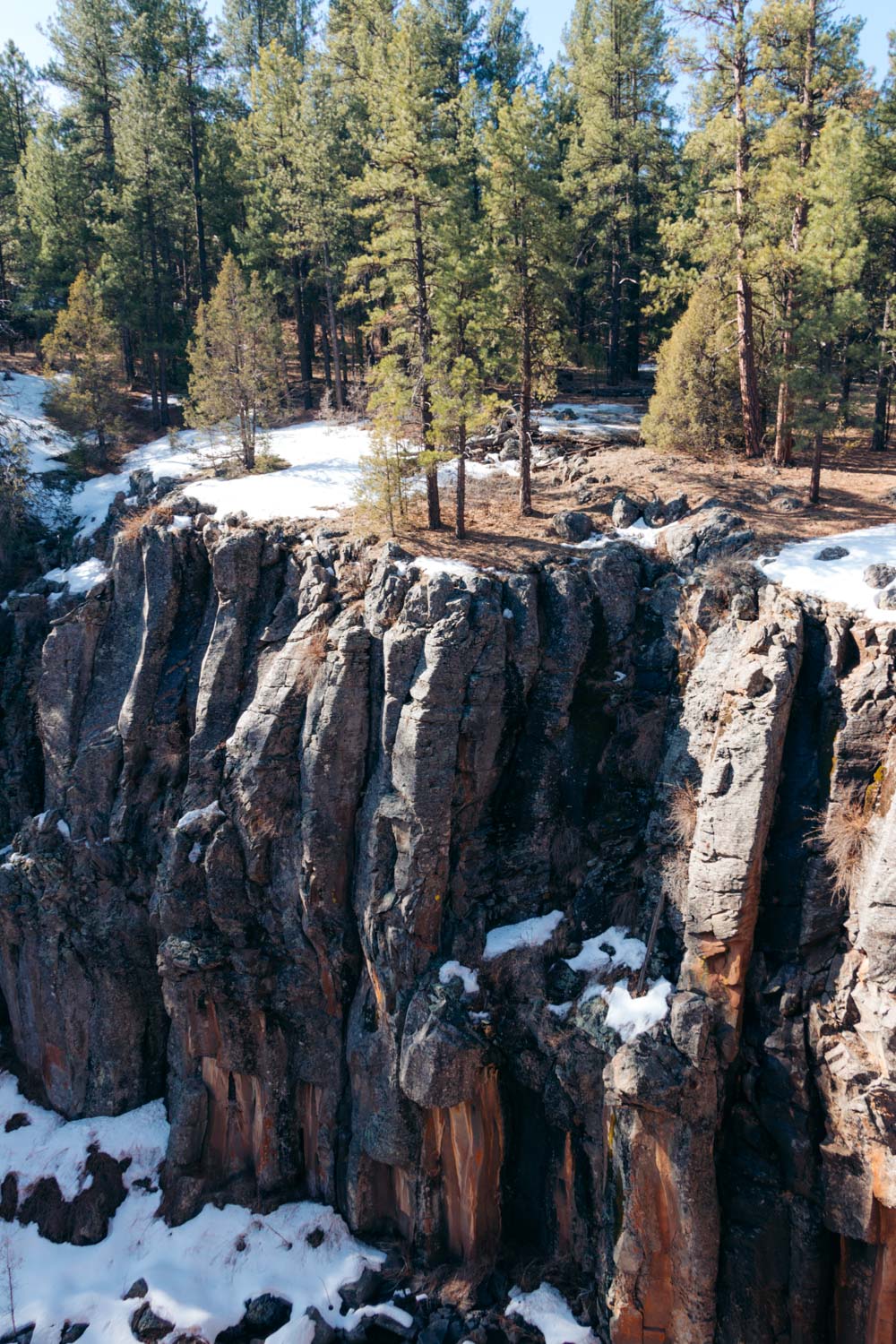
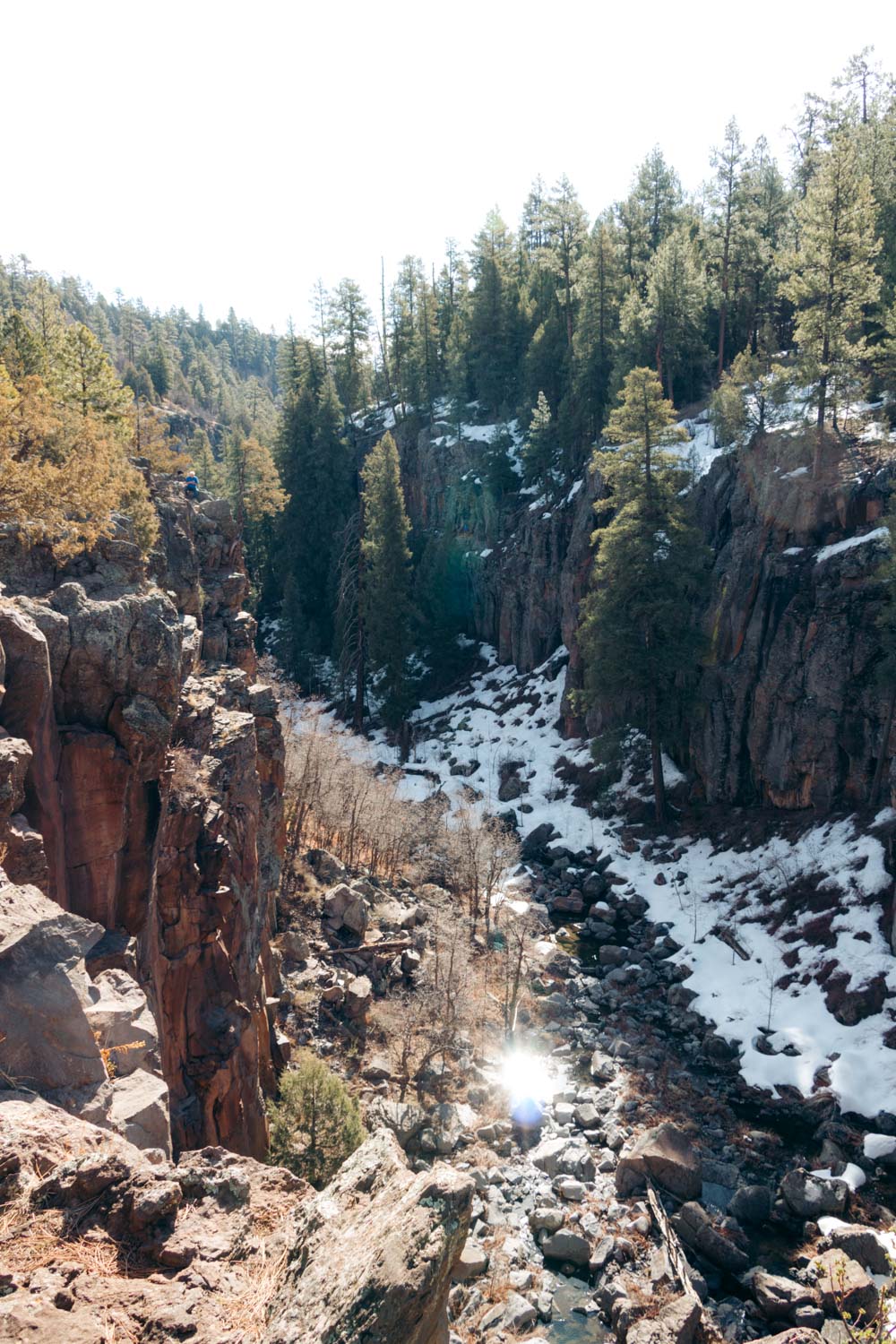
6. Wupatki National Monument
The Pueblo peoples occupied and built their dwellings in the once fertile area of Arizona near Flagstaff. The region boasted both rich soil and pleasant climate. The place was like an oasis amid the desert.
Last but not least, the ancestors of the Pueblo peoples didn’t need to shade from the scorching sun and gusty winds in a cliff. So instead of the cliff dwellings typical for Arizona at that time, they built stand-alone structures.
The dwellings of different sizes scattered throughout the area. Attracted by the favorable natural conditions, more people flocked to the region. Soon the present-day Wupatki National Monument area with its ancient dwellings became a cultural and trading center.
Yet as fate would have it, this prosperity didn’t last long. After an eruption of a volcano in adjacent Sunset Crater Volcano National Monument, the climate changed. Once the fertile soil started producing nothing but scarce weed. As a result, the ancient Puebloans left the area for good.
The time, however, had mercy on their abandoned houses. The ruins of the ancient dwellings still adorn some of the shortest trails in Arizona. The most popular of them include the Wupatki Pueblo Trail, Wukoki Pueblo Trail, and the Citadel Pueblo.
When to Visit: The trails to the ancient dwellings in Wupatki National Monument are open for self-guided and ranger-led tours daily from 9:00 a.m until 5:00 p.m.
Admission: All tours are free. There is a $25 admission fee to access Wupatki National Monument. You can use the same ticket to visit the adjacent Sunset Crater Volcano Monument.
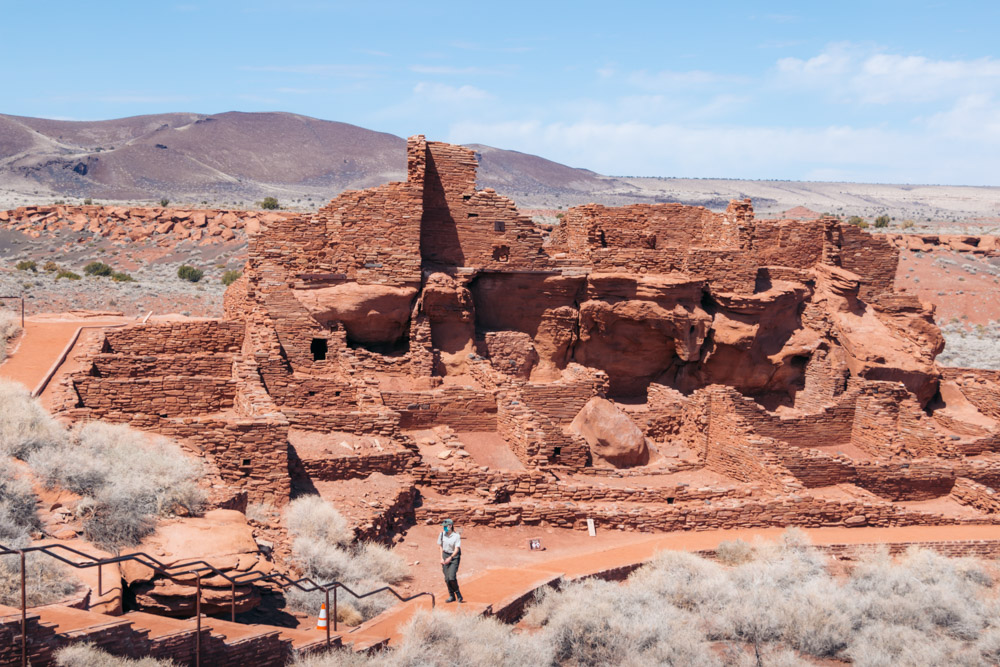
The Best Ancient Stand-Alone Structures and Cliff Dwellings in Arizona: Map
Frequently Asked Questions
Who built the ancient cliff dwellings and stand-alone structures in Arizona?
Many different tribes built their permanent dwellings in Arizona. In central Arizona, in the Montezuma Castle and Walnut Canyon areas, the ancient abodes belonged mostly to the Sinagua peoples. The Ancestral Puebloans occupied the northern parts of Arizona. Wupatki National Monument and Navajo National Monument were their primary territories.
What happened to the people that built all those ancient structures and cliff dwellings in Arizona?
Contrary to some misleading beliefs, the ancient people responsible for the construction of the cliff dwellings and desert town-centers in Arizona didn’t disappear. They moved frequently in pursuit of better living conditions and abundant food sources, but remained within the state borders. Their descendants still live in Arizona, protecting and cherishing what was left from their ancestors’ first dwellings.
Why did ancient people leave their dwellings in Arizona?
Many factors influenced ancient tribes’ decisions to leave their permanent dwellings in the central, southeastern, and northeastern parts of Arizona. The most important of them was the change of climate that affected every aspect of their lives.
Due to the significant fluctuations in the climate, the ancient Indians were forced to move from one place to another in search of food, fertile soil, and protection from bad weather.
Read More
- HISTORIC HERITAGE IN THE WEST: 12 Historic Buildings in the American West
- HIDDEN GEMS OF ARIZONA: Top 10 Hidden Gems and Best-Kept Secrets in Arizona
- HISTORIC TOWN IN CALIFORNIA: Visit Pioneertown: Everything You Need to Know
- IRELAND TRAVEL: The Ultimate Guide to Visiting Glendalough, Ireland
- MONUMENT VALLEY: Oljato-Monument Valley: A Gateway to Monument Valley, Utah
